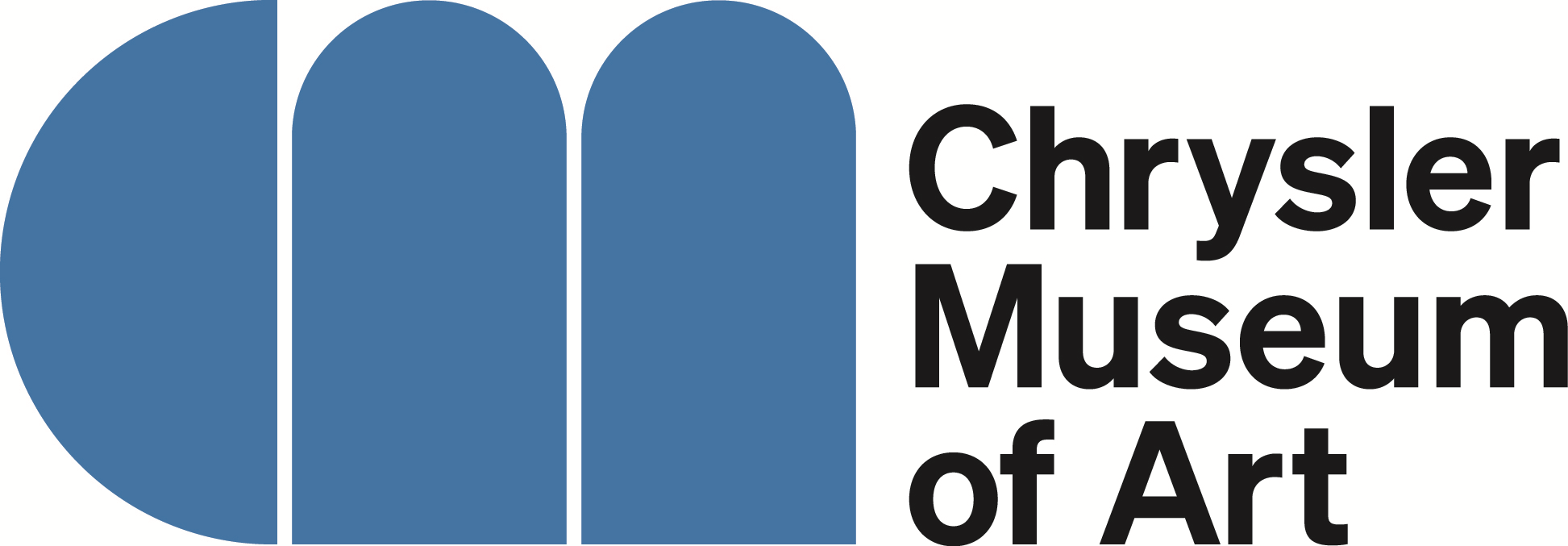The Franklin Mint History Of The United States, 1776-1973
Manufacturer
The Franklin Mint
CultureAmerican
DateNo Date
MediumSilver
DimensionsOverall: 1 3/4 in. (45 mm.)
Credit LineGift of Dr. Eugene F. Poutasse
Object number76.81.41
Not on view
DescriptionOne of collection of 200 silver medals.The 1816 medal: Second Bank of the United States Chartered
The shortcomings of the State banks during the War of 1812 and their rapid multiplication, plus their overissue of inadequately backed bank notes caused many Congressmen who had voted in 1811 against the renewal of the charter of the First Bank of the United States to change their minds. (For the $80,000,000 of bonds and notes sold during the war, the government recieved only $34,000,000 due to the depreciation of many State bank notes.)
A bill for a Second Bank of the United States was passed and approved by President Madison on April 10, 1816. It was capitalized at $35,000,000, of which the government was to subscribe one-fifth and was given the right to name five of its twenty-five directors. The bank, in turn, was authorized as a depository for government funds. Basically the charter was the same as that of the First Bank. Like it, the bank was located in Philadelphia with branches in other large cities.
When the bank opened for business on January 17, 1817 it was faced with the problem of contracting the currency. The bank preferred to retire State bank notes gradually but Congress desired it done quickly. As a result, the volume of State bank notes was reduced from over $110,000,000 to $45,000,000 by 1819 which helped bring on a depression. At the same time, the bank had engaged in poor banking practices which brought a Congressional threat in 1819 to repeal its charter. Langdon Cheves was then named president and he capably managed the bank until Nicholas Biddle succeeded him in 1823. By then, the bank was prospering and the economy stabilized.














